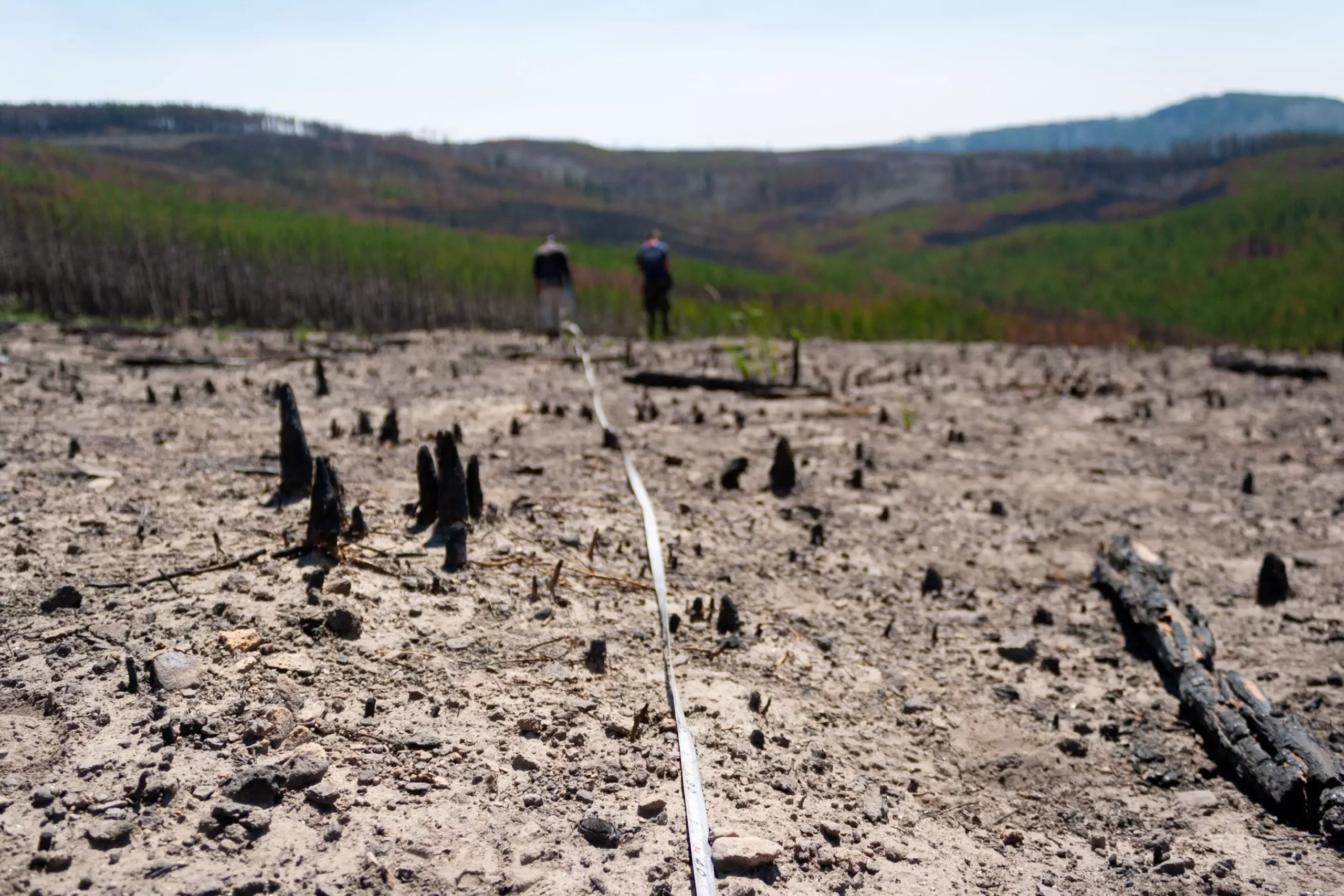Forests, often hailed as essential allies in the fight against climate change, have been portrayed as carbon dioxide sponges, absorbing the very gas that contributes to global warming. However, a groundbreaking research study has cast a troubling shadow over this narrative, particularly concerning the forests of the Western United States. This comprehensive analysis, led by Jazlynn Hall, a forest and landscape ecologist, presents a stark reality: instead of serving as robust carbon sinks, these forests may be losing their carbon storage capacity. It’s a wake-up call that adds urgency to conversations about climate solutions, necessitating a re-evaluation of how we perceive and utilize forest ecosystems.
The study, published in *Earth’s Future*, scrutinizes carbon storage trends over a 14-year period, revealing worrying declines in living tree carbon while dead tree carbon—those in deceased trees and woody debris—increases. This paradoxical situation occurs as forest fires and climate change adversely affect these ecosystems. As Hall succinctly puts it, there’s a significant momentum surrounding the idea of utilizing forests as natural climate solutions, yet such initiatives might be fundamentally flawed if current trends continue.
The Illusion of Stability in Carbon Levels
One of the most critical revelations of this study is the realization that many forests in the Western U.S. may possess an artificially elevated carbon storage level due to historical fire suppression tactics. These methods have encouraged denser fuels within the forests, setting the stage for devastating wildfires. The study emphasizes the crucial need for proactive management strategies, including thinning and prescribed burns, to avert an impending carbon loss crisis.
As dead carbon continues to increase while live carbon decreases, the repercussions extend beyond mere carbon numbers. The ramifications of this decline jeopardize both the biodiversity that these forests support and the potential to counter climate change effectively. With climate and fire cited as the primary drivers of these changes, reliance on forests as bulwarks against global warming becomes increasingly precarious.
Regional Disparities and Local Action
The analysis provided the context to examine the regional differences that exist within the Western landscape. Interestingly, it found a few ecoregions, particularly in the Pacific Northwest, bucking the overall trend by showing increases in carbon storage. This anomaly suggests that localized efforts—such as reducing old-growth harvesting and expanding protected lands—can yield effective outcomes. Thus, while broader trends may be alarming, there is hope that targeted human activities can still cultivate resilient ecosystems.
What’s essential here is the study’s implication for forest management practices. It calls for a nuanced approach that considers local conditions and emphasizes tailored strategies to enhance forest resilience. The need for such careful, site-specific management cannot be overstated if we wish to stabilize carbon levels in Western forests that are increasingly threatened by climate shifts and fire.
Technological Insights and Future Trajectories
Innovative methodologies, including machine learning, played a pivotal role in this research, allowing the authors to identify various factors influencing carbon storage trends. This technological analysis not only sets a baseline for understanding carbon dynamics but also enhances our capacity for future monitoring. As we look ahead, the methods discussed in the study could inform a more strategic approach to forest management, allowing for better comparisons between current practices and future climate projections.
However, the authors caution that the current understanding of these forest ecosystems may soon shift, especially after the devastating wildfire seasons of 2020 and 2021, which weren’t included in this analysis. The anticipated recalibration of the carbon storage landscape will likely paint an even more alarming picture and underscore the pressing need for immediate and effective management strategies.
Rethinking the Role of Forests in Climate Solutions
This study undeniably offers a critical reflection on forests’ role in mitigating climate change. While the notion of leveraging forest ecosystems as a natural solution remains attractive, we must confront the challenges laid bare by Hall and her team. Forest management strategies must evolve in tandem with our understanding of ecological vulnerabilities and climate realities.
The journey towards sustainable forest stewardship lies ahead and requires not just awareness but dedicated action. As the stakes rise, what should be crystal clear is that forests cannot be simply seen as carbon reservoirs; they must be understood as dynamic systems, demanding respect, thoughtful management, and adaptability in the face of change. Without a responsive approach to these natural ecosystems, we risk losing not only carbon storage capabilities but also the fundamental biodiversity that supports life on Earth.

